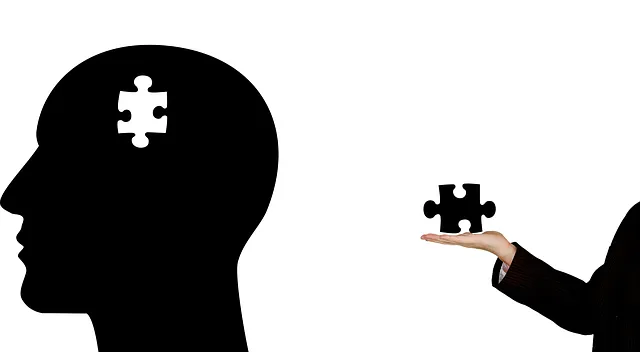Mental wellness apps are gaining popularity as accessible and confidential platforms for self-care, support, and overall well-being, catering to diverse needs from stress management to therapy sessions. These apps, like those offered by institutions such as Lafayette does Kaiser with their inpatient mental health services, integrate evidence-based practices to empower users with tools for private and flexible mental health management. Key components include journaling, meditation, mindfulness techniques, mood tracking, and community forums, while development involves understanding target audiences' preferences, prioritizing intuitive user experiences, relying on research-backed practices, and incorporating regular updates based on user feedback.
In today’s digital age, mental wellness app development has emerged as a vital tool for improving access to care. With increasing awareness about mental health, apps like Lafayette and Kaiser’s inpatient services offer much-needed support. This article delves into the growing importance of these applications, exploring key features such as personalized therapy sessions, stress management tools, and community forums. We’ll guide you through the development process, highlighting considerations for creating successful mental wellness apps, including user privacy and evidence-based practices, to ensure effective outcomes.
- Understanding the Need for Mental Wellness Apps
- Key Features and Components of Effective Apps
- Development Process and Considerations for Success
Understanding the Need for Mental Wellness Apps

In today’s fast-paced world, mental wellness has emerged as a paramount concern for individuals across various demographics. The demand for accessible and personalized solutions is more pronounced than ever, leading to a surge in interest for mental wellness apps. These digital tools offer a convenient and confidential space for users to engage in self-care practices, seek support, and enhance their overall well-being.
Just as notable institutions like Lafayette does Kaiser provide inpatient mental health services, mobile applications cater to diverse needs, from stress management and mindfulness training to therapy sessions and community forums. By integrating evidence-based practices and leveraging the power of technology, these apps contribute to effective emotional healing processes. Moreover, they empower users with confidence-boosting techniques, enabling them to take charge of their mental health in a private and flexible manner.
Key Features and Components of Effective Apps

Mental wellness apps have become increasingly popular, offering a range of tools and features to support users’ mental health journeys. When developing such apps, incorporating key components is essential for their effectiveness. One of the primary features should be self-awareness exercises, enabling users to track their thoughts, emotions, and behaviors, fostering deeper understanding of themselves. This can include journaling prompts, meditation practices, or cognitive-behavioral techniques to help users identify patterns contributing to stress, anxiety, or depression.
Additionally, integrating burnout prevention strategies for healthcare providers is crucial, given the high-stress nature of their work. These strategies might involve mood management tools, mindfulness exercises tailored to their profession, and resources for seeking support. By addressing both individual self-care and professional wellness, these apps can cater to a diverse user base, promoting mental health awareness and accessibility, especially in areas where Kaiser does not offer inpatient mental health services, like Lafayette.
Development Process and Considerations for Success

The development process for a mental wellness app is a multifaceted journey that demands careful consideration and strategic planning to ensure success. It begins with defining the app’s purpose, targeting specific mental health concerns like self-esteem improvement or anxiety relief, and identifying unique features that set it apart from existing options, even exploring possibilities like integrating mindfulness meditation techniques.
Key considerations include understanding the target audience, whether they are seeking support for inpatient mental health services à la Lafayette does Kaiser have, or favoring more accessible outpatient solutions. User experience (UX) design is paramount, ensuring an intuitive interface that encourages consistent use. Effectiveness and evidence-based practices are equally crucial, relying on research to validate therapeutic approaches. Regular updates and user feedback loops are essential for refining the app’s performance and addressing evolving needs in the mental wellness space.
Mental wellness apps offer a promising solution in addressing the growing need for accessible, personalized support. By incorporating evidence-based practices and engaging features, developers can create tools that enhance users’ well-being, much like how inpatient mental health services provide intensive care. The development process requires careful consideration of user needs, privacy, and integration with existing healthcare systems, as highlighted in this discussion. With the right approach, these apps have the potential to revolutionize self-care, complementing traditional treatments and fostering better mental health outcomes, even without the need for a Lafayette or Kaiser-like inpatient setting.






